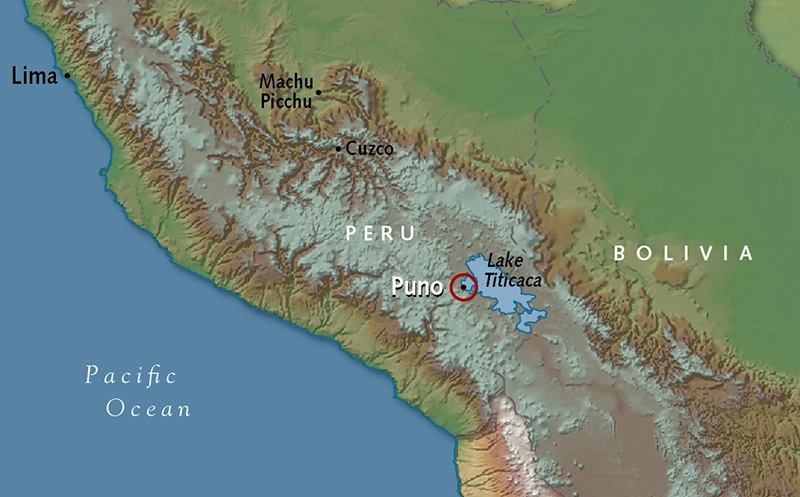Lake Titicaca, located on the Bolivia-Peru border, faces an environmental crisis with its water level reaching an all-time low.
Senamhi, the weather agency, blames this on a severe drought in the highlands.
This lake is the world’s highest navigable body of water. Recently, its water levels have dropped sharply. This raises concerns for nearby communities and ties to climate change.
Hugo Mamani, the director of Senamhi, reported the lake’s current status. The water level is now 2.93 meters.
It sits at an altitude of 3,807.307 meters above sea level. Mamani attributes the drop to increased water evaporation and solar radiation.
Local people have seen this decline for weeks. Stranded boats on distant shores confirmed their observations. Unfortunately, the lack of rain in October confirmed a record low level.
Looking ahead, the forecast is grim. Significant rainfall is only expected by the end of the year.
This prolonged drought affects both highlands and valleys and threatens the water supply.
Deputy Minister of Environment Magín Herrera, gave some background. He said the Andean region has had less rain for years.

Melting glaciers, the lake’s main water source, and climate change worsen the situation.
The Bolivian government is actively addressing the issue. They’re working with local communities and regional authorities.
Lake Titicaca is vital for climate regulation and as a habitat for fish. It also links Bolivia and Peru. Efforts are on to lessen the lake’s declining levels’ impact on people and nature.
Background
Lake Titicaca has long been a symbol of Andean heritage. It is a significant part of the culture of both Bolivia and Peru.
Historically, the lake has been a central point for trade and agriculture. The lake also has religious significance for indigenous communities.
However, in recent years, the lake has faced multiple threats. Overfishing, pollution, and climate change have started taking a toll.
Earlier initiatives tried to address these issues but haven’t had a lasting impact. The current crisis emphasizes the urgent need for sustainable solutions for this critical ecosystem.

